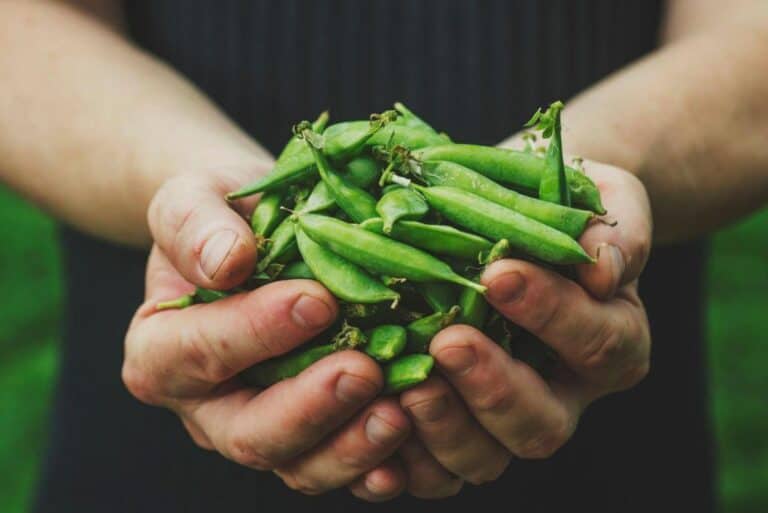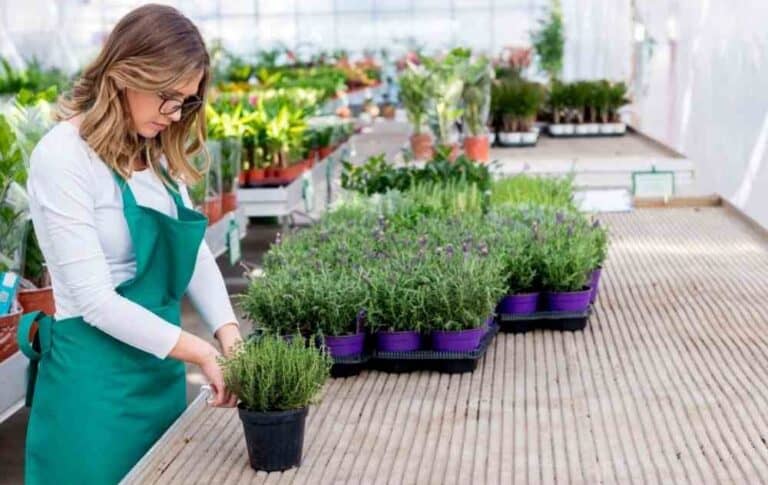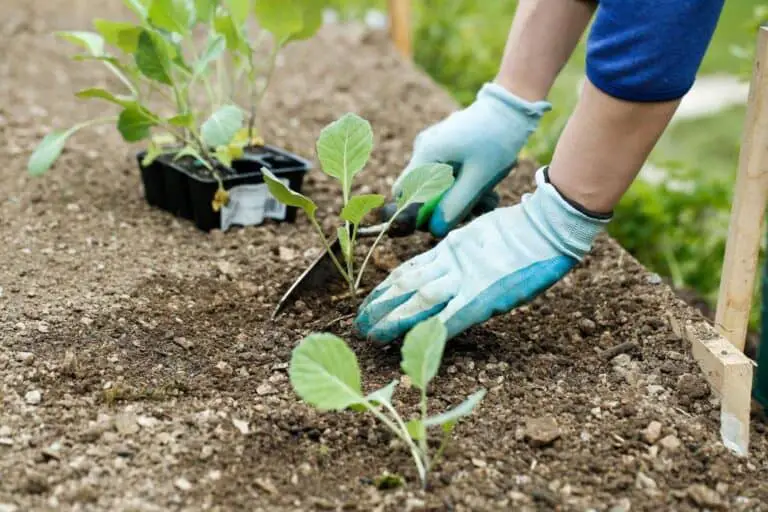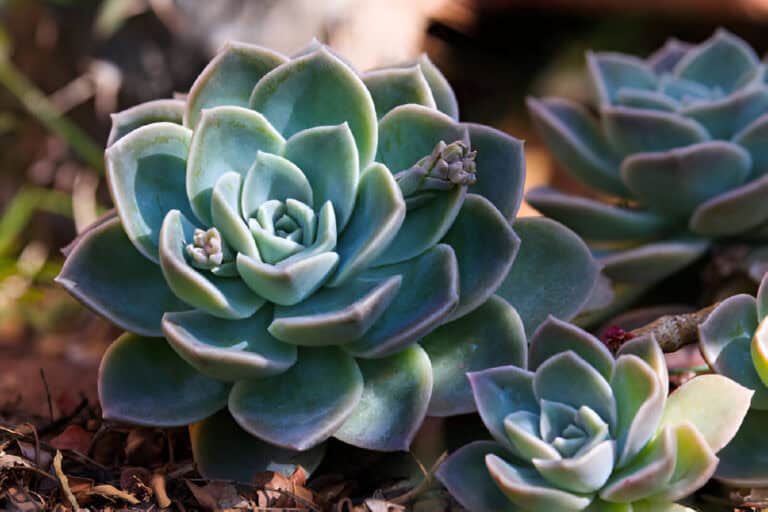Pruning Lambs Ears Plants for a Flourishing Garden (Step-by-Step Guide)
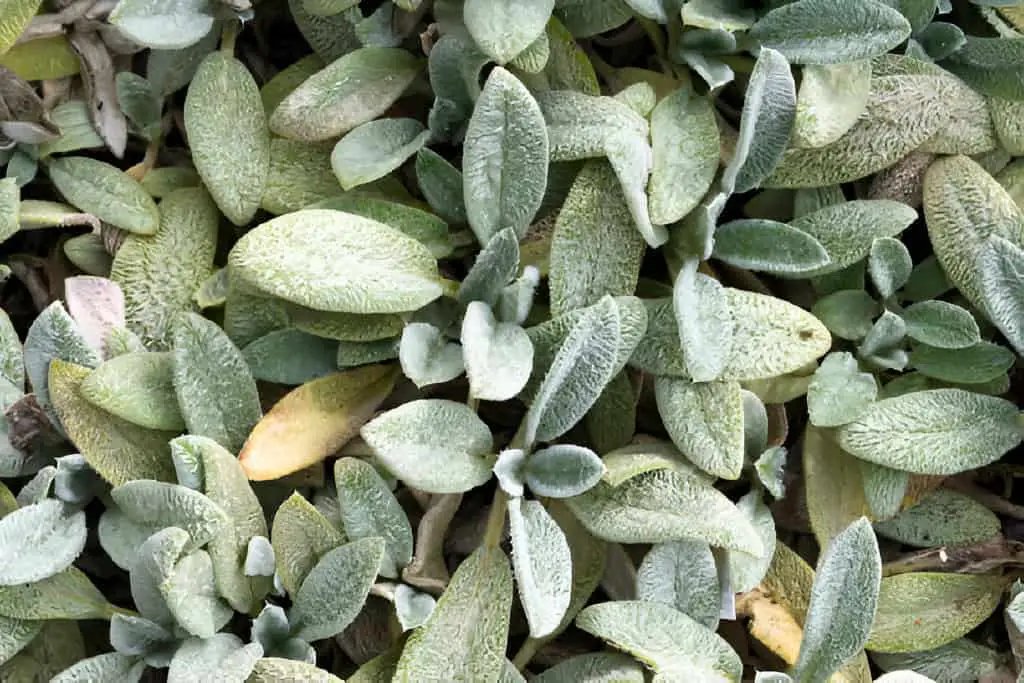
Lambs Ears, with their soft, silvery foliage, are a delightful addition to any garden. These hardy perennials not only add texture and contrast but also require minimal maintenance.
Have you ever wondered how to keep your garden looking vibrant and healthy all year round? People often overlook garden maintenance tasks like pruning. For plants like lambs ears, proper pruning is crucial.
In this step-by-step guide, we’ll explore the art of pruning lamb’s ears to help you create a flourishing garden that’s the envy of your neighborhood. Whether you’re new to gardening or a seasoned pro, this article will give you the knowledge and techniques you need. They’ll help you keep your lambs ears looking their best and your garden thriving.
Why Prune Lambs Ears Plants?
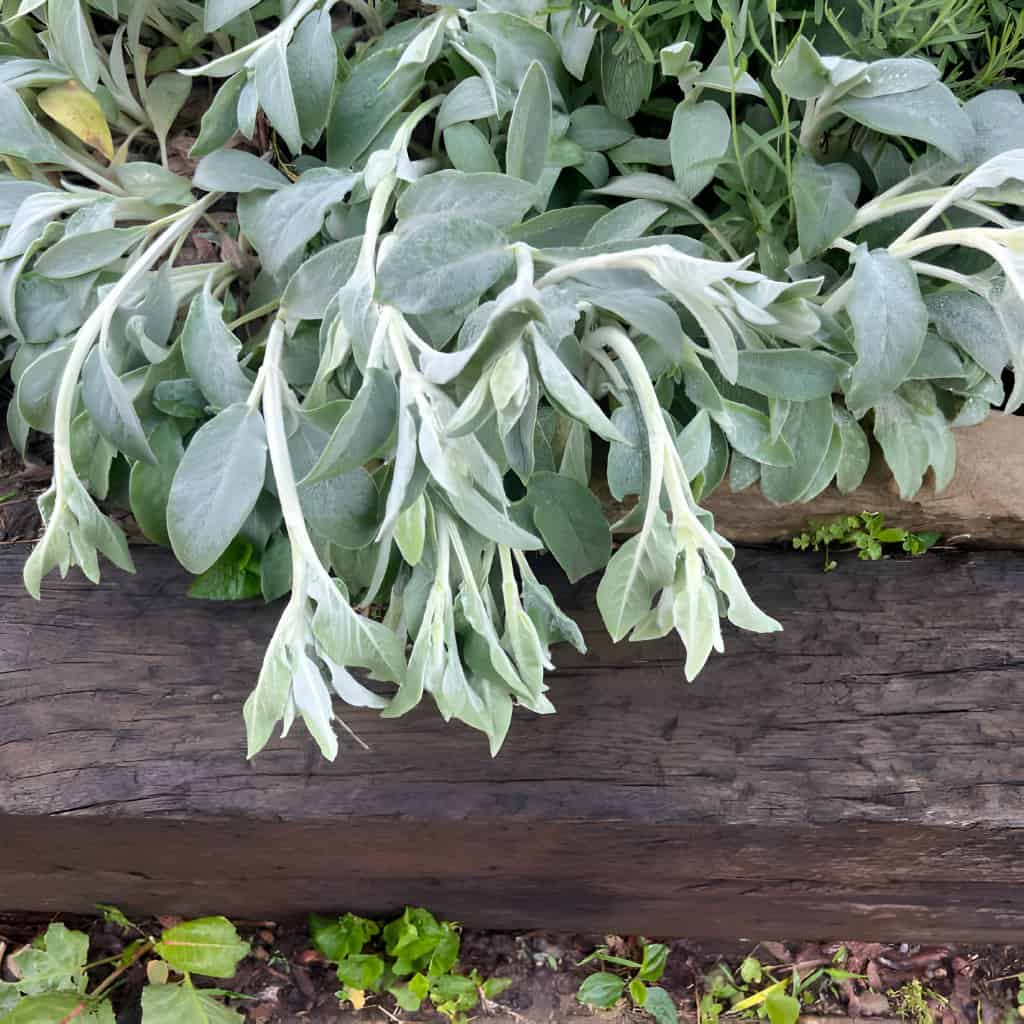
Pruning Lambs Ears is crucial for several reasons. Firstly, it helps maintain the plant’s shape and encourages new growth. By removing old, damaged, or dead leaves, you allow the plant to focus its energy on producing fresh, healthy foliage.
Secondly, pruning prevents overcrowding, which can lead to poor air circulation and an increased risk of fungal diseases.
When to Prune Lambs Ears
The timing of pruning is essential for the health and vigor of Lambs Ears. The best times to prune are in early spring and late summer. In early spring, pruning helps remove winter damage and encourages new growth. Late summer pruning, on the other hand, helps tidy up the plant after its blooming period and prepares it for the colder months.
Tools You Will Need
Before you begin pruning, gather the necessary tools to ensure a clean and efficient process. Here’s what you’ll need:
- Pruning Shears: Sharp and clean shears are essential for making precise cuts.
- Gloves: Protect your hands from the plant’s tiny hairs, which can cause irritation.
- Disinfectant: To clean your tools before and after pruning, preventing the spread of diseases.
- Rake: To gather and dispose of the pruned leaves.
Step-by-Step Pruning Guide
1. Inspect the Plant
Start by thoroughly inspecting your Lambs Ears. Look for any signs of disease, damage, or overcrowding. Identifying these issues will help you determine where to focus your pruning efforts.
2. Remove Dead and Damaged Leaves
Using your pruning shears, carefully cut away any dead, damaged, or discolored leaves. Make your cuts at the base of the leaf stem to prevent any remaining stubs from becoming entry points for diseases.
3. Thin Out Overcrowded Areas
If your Lambs Ears have become too dense, thin out the foliage to improve air circulation. This step is particularly important in humid climates where poor airflow can lead to fungal infections. Remove entire stems if necessary to create more space within the plant.
4. Trim Flower Stalks
After the blooming period, trim back any spent flower stalks. This not only keeps the plant looking neat but also redirects energy towards the growth of new leaves. Cut the flower stalks close to the base of the plant.
5. Shape the Plant
To maintain a pleasing shape, trim the edges of the plant, especially if it has started to spread beyond its intended area. Keep your cuts clean and even to avoid damaging the surrounding foliage.
6. Clean Up
Rake up all the pruned leaves and stems and dispose of them properly. Leaving them on the ground can attract pests and diseases. Clean your tools with disinfectant to prevent the spread of any potential pathogens.
Table: Pruning Schedule
| Season | Tasks | Benefits |
| Early Spring | Remove winter damage, shape plant | Encourage new growth, prepare for growing season |
| Late Summer | Remove spent flower stalks, thin overcrowded areas | Maintain plant health, prepare for winter |
| As Needed | Remove damaged or diseased leaves | Prevent disease spread, maintain aesthetic appearance |
Aftercare Tips
After pruning, proper aftercare is essential to helping your Lambs Ears recover and thrive. Here are some tips to ensure your plants stay healthy:
Watering
Water your Lambs Ears thoroughly after pruning to help them recover from the stress. However, be careful not to overwater, as these plants prefer well-drained soil and can suffer from root rot if left in soggy conditions.
Mulching
Apply a layer of mulch around the base of the plant to retain moisture and regulate the soil temperature. Mulching also helps suppress weeds, which can compete with your Lambs Ears for nutrients and water.
Fertilizing
Feed your Lambs Ears with a balanced, slow-release fertilizer in early spring and late summer. This provides the necessary nutrients for healthy growth and helps the plant recover from pruning.
| Read: How to Trim Echium Plant: In-depth Pruning Guide |
Common Pruning Lambs Ears Plants Mistakes to Avoid
Over-Pruning
While it’s important to keep your Lambs Ears tidy, over-pruning can stress the plant and inhibit its growth. Aim to remove no more than one-third of the foliage at a time to ensure the plant can recover and continue to thrive.
Pruning at the Wrong Time
Pruning at the wrong time can leave your plant vulnerable to diseases and weather damage. Stick to the recommended pruning schedule to maximize the benefits and minimize the risks.
Using Dirty Tools
Always clean your pruning tools before and after use to prevent the spread of diseases. Dirty tools can introduce pathogens to your plants, causing more harm than good.
Conclusion
Pruning Lambs Ears is a simple yet essential task that ensures your garden remains healthy and beautiful. This step-by-step guide will help you keep your Lambs Ears looking their best. It will also prevent diseases and promote growth. Remember to prune at the right times, use the proper tools, and provide the necessary aftercare to help your plants thrive.
With a little effort, your Lambs Ears will reward you with their lush, silvery foliage, enhancing the charm and elegance of your garden. Happy gardening!

